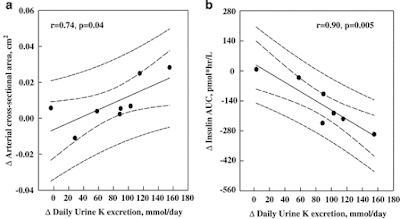PB3A - Matters of
the Mind
I have always found the pursuit and application of knowledge quite
fascinating, and am constantly on the hunt to find new ways to apply concepts
towards solving problems in a variety of contexts. In her writing composition
titled What is Transfer, Elizabeth
Wardle explores this idea in the area of academics, explaining that there are
different types of writing processes and skills that can transfer over to
tackling issues in other academic contexts such as history or science. Wardle
claims that if the writing process is taught in a certain academic setting a
teacher can foster a sense of creativity and problem-solving that allows
students to utilize their rhetorical skills towards other disciplines. I
believe that this idea could be illustrated in two different ways: mind-mapping
and journal writing.
One lesson in our class this quarter involved exploring the idea of
mind-mapping and expressing your thoughts in a creative form during the
pre-planning process prior to composition. This displays an incredible transfer
and connectivity between ideas and thoughts, helping students to synthesize
them into a coherent, holistic argument. By brainstorming in this way, one can
compose a piece with the structure and flow to really tie together all of the
main ideas between a variety of contexts.
I find the idea of skill transfer and mind-mapping to be incredibly
applicable to the modern business work-space, as we must all learn to develop
useful skills and find ways to apply them to a variety of job types. This is
why I would like to express the ideas from this article in the form of a startup
business mind-map for an older audience hoping to utilize skills transfer to
grow their business and apply these techniques to various parts of a business
model. I am thoroughly convinced that mind-mapping and idea transfer would be
extremely valuable for this audience and know that I could express this through
my WP3! But I would question the reader to help me determine how best to
display this work, though writing/drawing on paper, an online program, or even
maybe a whiteboard? I doubt that I can turn in a whole whiteboard for my
project, but perhaps I could take pictures of complex mind-maps? Let me know
what you think!
Onto the medium for a younger audience to grasp the idea of transfer
between academic writing contexts, I would like to emulate a young student’s
personal journal. This holds the potential for such a creative project, as I
could include pages with daily reflections and insights, free writing pages,
drawings, or even cut outs of pictures or cool quotes. I must admit that I have
taken up the practice of daily journaling with great consistency every night
this quarter, and have found truly astounding benefits from the practice. Having
worked in this medium for personal development will make this type of
composition for my WP3 a breeze, allowing me to create a high quality piece of
work that allows for creativity and a high degree of self-expression. Please
shoot me a message or comment about your thoughts on this idea, as I am
seriously stoked to get started on it but want to ensure that it is a
legitimate way to go about this project first. Thanks for reading!
